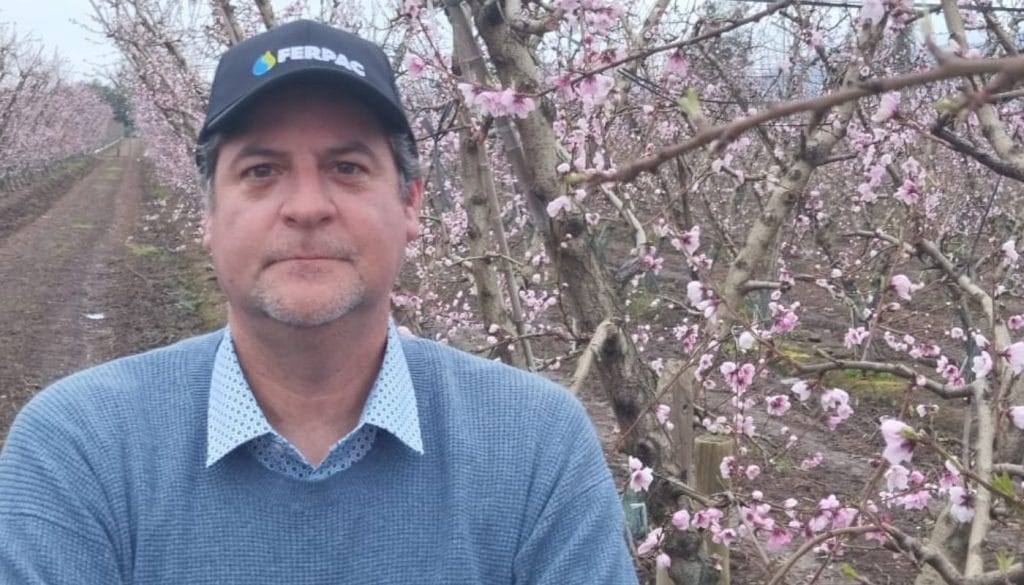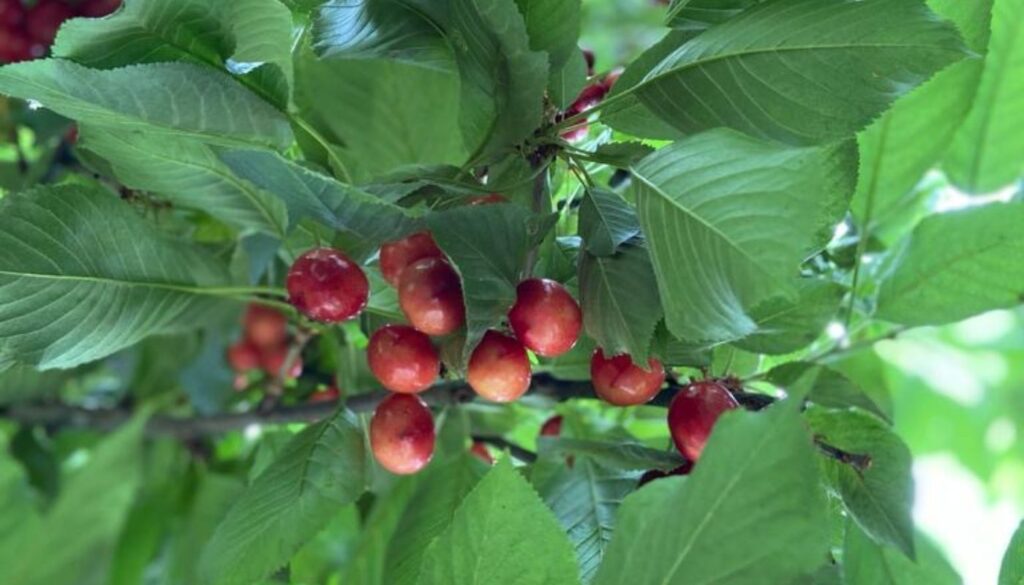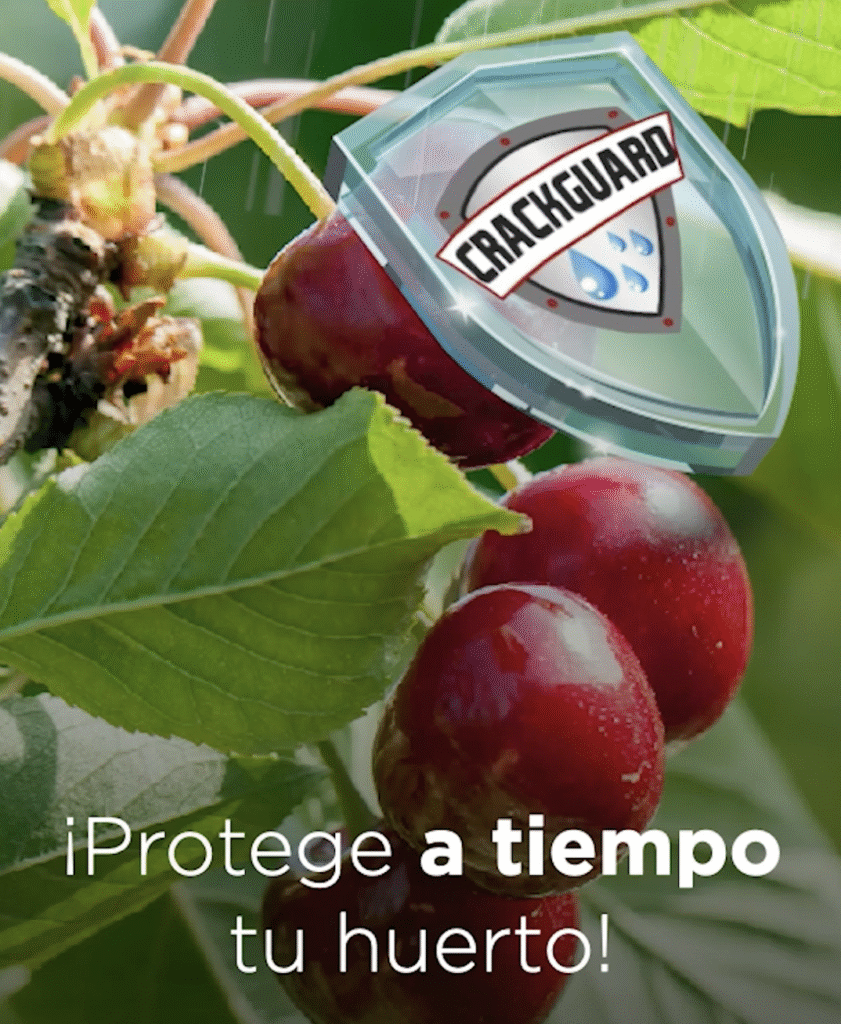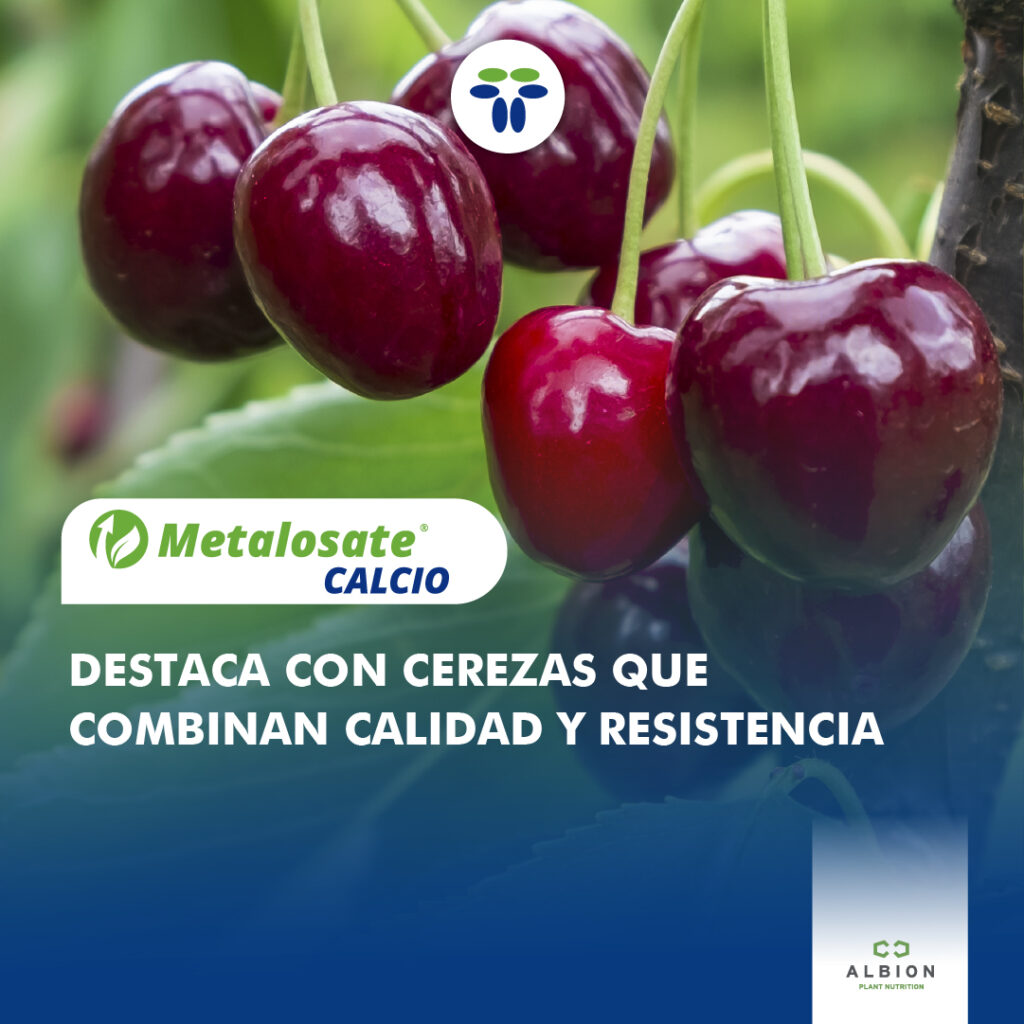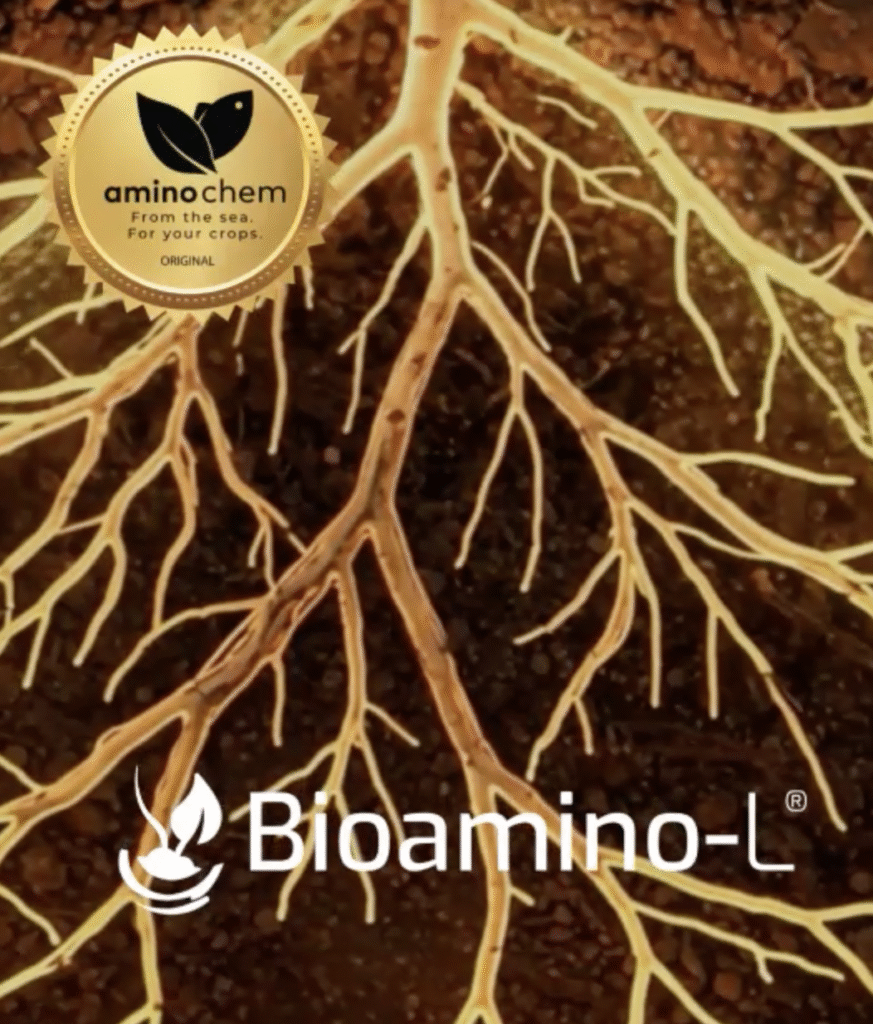The microelements boron and molybdenum play a crucial role in the agronomic management of cherry trees during post-harvest, as explained by Gonzalo Opazo, technical manager of Agropuelma. During this period, the focus is on the accumulation of reserves in roots and flower buds to optimize the yield and quality of the next flowering and fruiting season.
Boron, although with limited mobility in the phloem, facilitates the transport of sugars and other compounds, which contributes to the remobilization of nutrients and to maintaining the viability of the reserve ducts. In addition, its participation together with calcium is crucial in flower setting, ensuring the stability of cell membranes and the consistency of the fruit, which directly influences its quality for marketing.
On the other hand, molybdenum triggers essential metabolic processes, such as the conversion of inorganic nitrogen into organic nitrogen and the synthesis of abscisic acid, a key hormone in controlling winter recess. This makes it a "recess inducer" and a determining factor for the acclimatization of plants to winter cold, strengthening shoots and minimizing vulnerability to diseases such as that caused by Pseudomona syringae.
To optimize the use of these elements, FERPAC has developed two specific formulations:
- Nutrafol BoMo (10% w/v Boron and 1% w/v Molybdenum): Designed for the remobilization of sugars in reserve organs, ideal for application during the months of February and the first half of March to support the accumulation of reserves for the next flowering and setting season.
- Nutrafol Molifos (17.2% w/v Mo and 7.25% w/v Phosphorus): Formulated with a high molybdenum content, focused on signaling the plant to enter a recession, inducing leaf fall and the production of abscisic acid. Recommended for use in late March and April, preparing cherry trees for the winter period.
According to Opazo, the strategic use of boron and molybdenum in the post-harvest of cherry trees not only maximizes the accumulation of reserves and the quality of the fruit, but also strengthens the resistance of the plants to adverse conditions, guaranteeing successful and healthy production in the following season.
See the file below:



